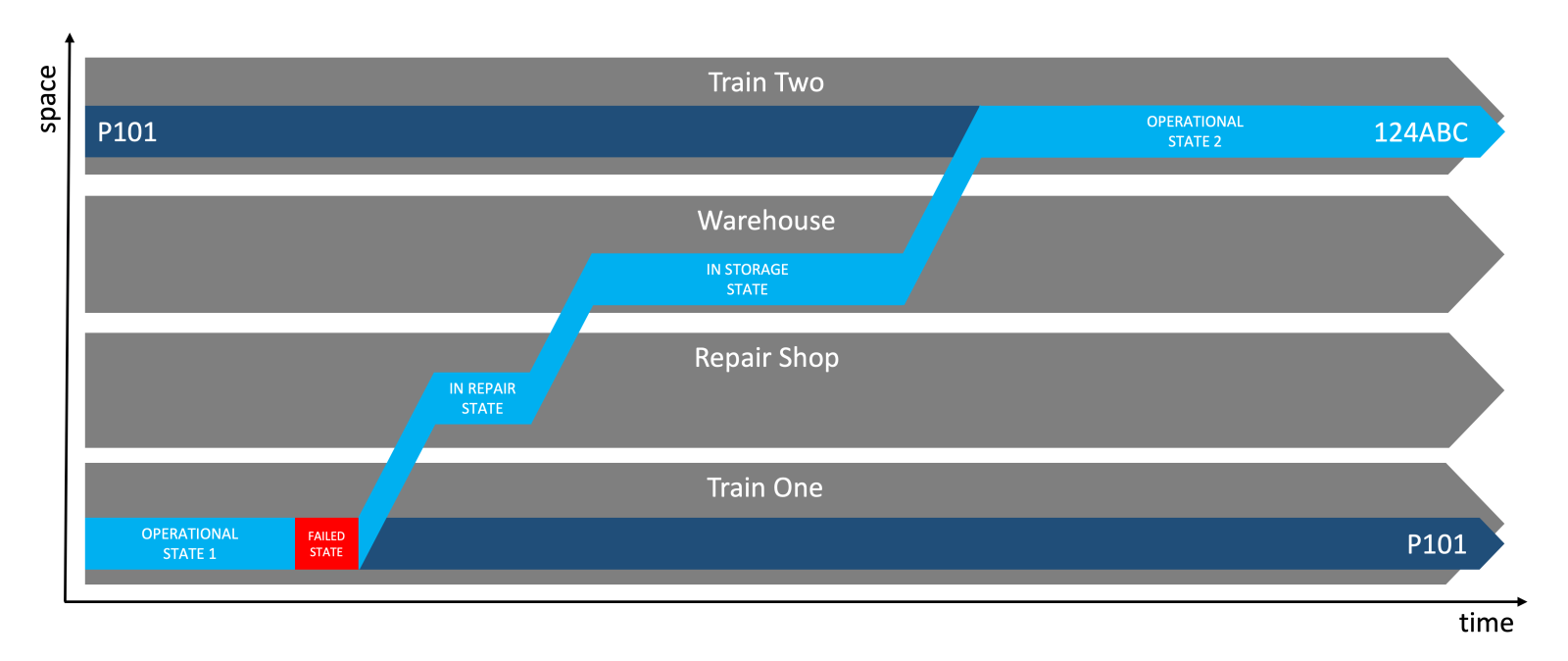4d Ontology
- author: @ian-bailey
- url:
- mentions:
- topics: Three Dimensional Vs Four Dimensional Ontologies

Highlights
- The goal of a good ontology is provide a high fidelity model of the world you’re interested in.
- 4D ontologies are extensional — objects’ extensions in spacetime define their identity.
- Spacetime diagrams are similar to Minkowsi diagrams used in physics, but with time on the x axis and space on the y. The spatial dimension is topological, and is not attempting to reflect any distances between objects, however if an object is stationary relative to another, their world-lines should be parallel. In the above example, the facilities (grey world lines, strictly “world volumes”) do not move relative to each other or our frame of reference (the earth), so are parallel and flat. Spacetime diagrams feature extensively in the books Developing High Quality Data Models by @matthew-west and Business Objects:re-engineering for re-use by Chris Partridge.
- Categories, sets, classes. In the various 4D ontologies that have been published, these terms have been used quite liberally with not much attempt to distinguish between them — though there are papers on this on the BORO site which provide a proper treatment. One possible reason is that the original authors of those ontologies were dabbling with different approaches to see which ones fitted the 4D approach best. There was general set theory, category theory, and Martin Löf type theory, just to mention three intersecting theories
- The really neat thing about having an extensional approach to individuals and sets means you can ground your ontology in reality.
References
Backlinks